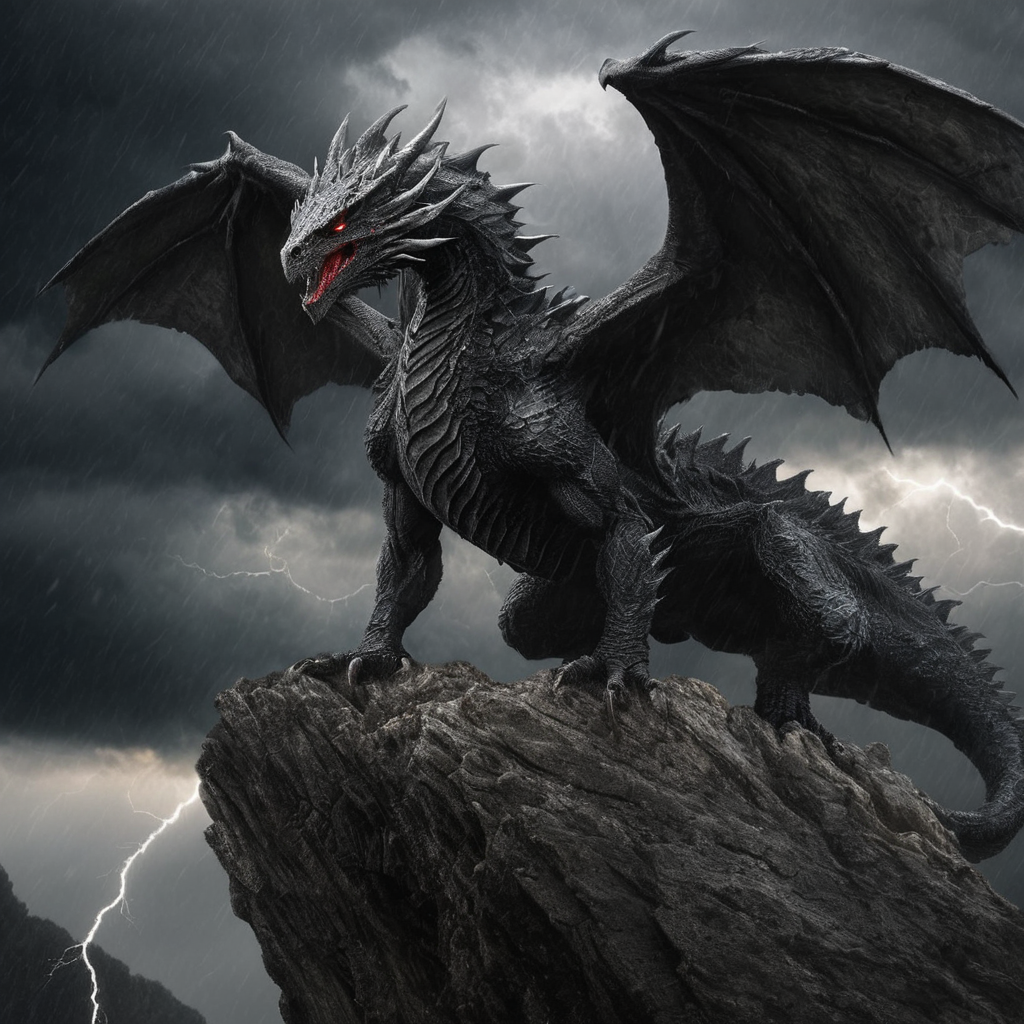Majestic, untamed, a symbol of power and courage: dragons have populated myths and legends across cultures, split between the role of wise guardians and terrifying creatures to be slain. Some have revered them as divine beings, while others have fought them for humanity's very survival. From medieval epics to ancient Eastern chronicles, their presence spans centuries, intertwining with folklore and history.
But where does the myth of dragons originate? Is it merely a product of imagination, or does it have roots in something real? What meanings lie behind their symbolism? And, most importantly, could there be some truth hidden behind the legends of these extraordinary creatures?
The Origins of the Myth
Dragons are present in almost every mythology around the world, with significant variations between cultures. In the West, they often appear as fierce, winged, fire-breathing beasts, symbols of chaos and darkness, while in the East, they are depicted as wise and benevolent beings, bringers of prosperity and wisdom.
The first representations of serpent-like creatures date back to Mesopotamian civilizations, where we find the dragon Tiamat, the embodiment of primordial chaos. In Ancient Egypt, the serpent Apophis symbolized the forces of disorder that the god Ra had to defeat each night. Greek and Roman mythology also feature numerous dragons, such as Ladon, the guardian of the Garden of the Hesperides, or the serpent Python slain by Apollo.
The Symbolism of the Dragon
The dragon is a figure that embodies opposing concepts: destruction and protection, wisdom and chaos, power and danger. In many European cultures, the dragon is the obstacle that the hero must overcome to gain glory, like St. George slaying the beast to save a city. In the Eastern context, however, it is a celestial entity, connected to the elements of nature and royalty, such as the Chinese imperial dragons.
This dual nature of the dragon reflects the human perception of power: something ambivalent, which can be both beneficial and destructive depending on how it is handled.
Dragons in Reality: Sources and Inspirations
If dragons never existed in the fantastical sense, it doesn’t mean that their myth lacks roots in reality. Several theories suggest that the discovery of dinosaur fossils or large prehistoric reptiles may have fueled the legends of dragons. In China, for example, it is believed that the bones of dragons described in ancient texts were actually dinosaur remains, interpreted by ancient peoples as evidence of these legendary creatures.
Another hypothesis links dragons to large, still-existing reptiles, such as crocodiles, Komodo dragons, and giant snakes. Medieval explorers, in recounting their adventures, may have exaggerated their descriptions, giving rise to tales of terrifying monsters.
Dragons continue to exercise a timeless fascination, embodying both our deepest fears and our highest aspirations. They are symbols of strength and mystery, capable of representing danger and protection, wisdom and destruction. Although science has never found proof of their existence, their myth lives on, rooted in the collective imagination and the stories humanity has continued to tell for centuries. Perhaps, rather than asking whether dragons ever existed, we should ask ourselves why we still need them in our legends.








Leave a Comment